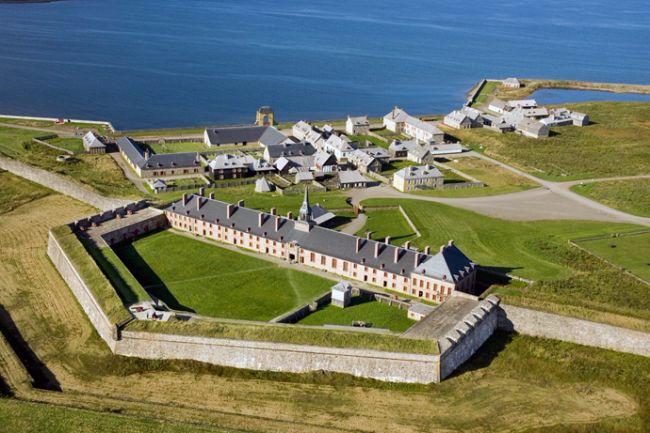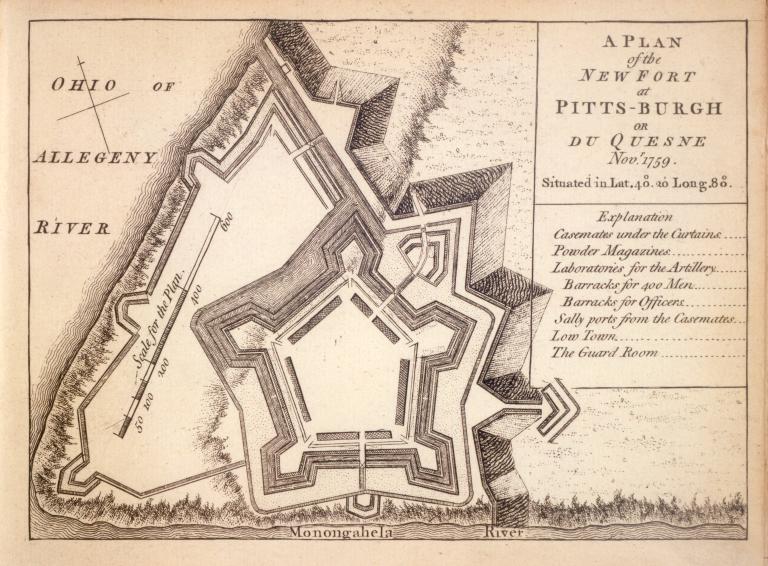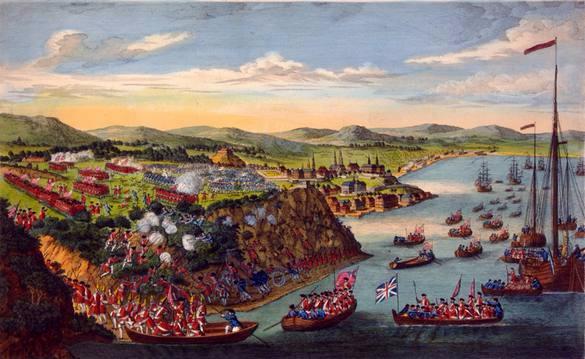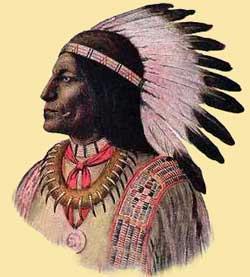1755 - 1763 → Acadian Expulsion
Acadians were hard-working French citizens. They mostly lived in Nova Scotia which back then was known as Acadia and as mentioned before, almost half the land they settled on was given to the British after the Treaty of Utrecht was signed. The treaty had still allowed the Acadians to depart onto French territory but they refused to leave the land they worked long and hard on. They had used a lot of land for farming purposes and were adjusted to their environment. In 1730, the British had made an agreement with the Acadians that had given the Acadians a chance to redeem their land in exchange for practising catholicism while still remaining loyal to the French (support French when battles occur between the 2 nations). Over this specific time period when the relationship between the British and French were not on good terms, the British had demanded the Acadians to sign an oath to fight the French in any war that occurred between the French & British in the nearby future. When the Acadians refused, the British had forced over thousands of Acadians to leave their homes and shipped to undirected locations. This expulsion had left a huge population of Acadians either dead, lost or separated from loved ones.
After the Acadian expulsion, more forts and settlements started to build and animosity between the French and First Nations ( allies ) against the British grew. Around the year of 1785, the Acadians that had been deported during the expulsion had struggled to survive but over 2000 had found and settled in New Orleans. Though back in 1764, the British had allowed the Acadians to return to Acadia and over 3000 Acadians had returned but because the land was still British territory, the Acadians had settled in present day New Brunswick.






